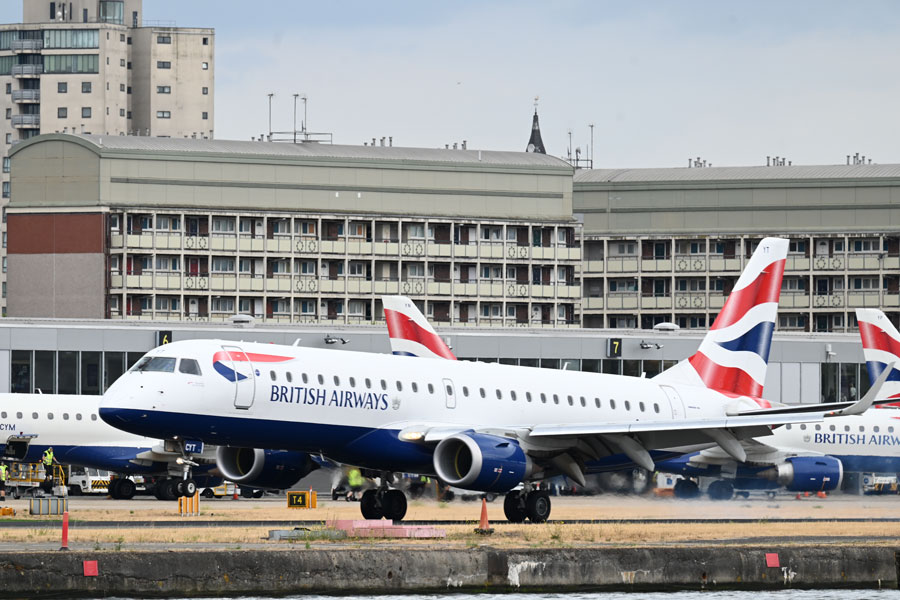
British Airways to Launch Three New Summer Routes in 2026
On Europe routes, the Haneda red-eyes to Frankfurt, Vienna, Milan, and Stockholm help you maximize time. Istanbul also departs early (around 8 a.m.), but the appeal of a nonstop is still strong.
Do take care when planning a Europe trip: these ANA international award tickets cannot include connections on other airlines outside Japan. If you position or connect to a city without an ANA nonstop and miss your onward flight due to delay or cancellation, you bear the risk.
If your schedule is flexible, open-jaw itineraries can be fun. For example, book Tokyo→Milan and Istanbul→Tokyo on ANA awards, and travel Milan→Istanbul on another carrier. Milan→Istanbul can be under 10,000 JPY on an LCC at the cheapest.
Since you’re going to Europe, consider a multi-city trip and hunt for convenient flights like a treasure search.
Personally speaking, I recommend Perth as a destination: rich nature, a nicely developed city, and prices not much higher than in Japan. With fewer Japanese tourists, it’s a relaxed, off-the-beaten-path place to sightsee.
The Tokyo/Haneda–Hong Kong route will see red-eye flights resume. Admittedly, with a flight time of about 2–4 hours it’s hard to sleep, but it’s great if you want to maximize time and get a quick taste of a different country.
Eligible routes and travel windows are limited, so please check ANA’s official website. The selection reveals ANA’s intent about where it wants award travelers to fly—an interesting clue to keep in mind as you plan.
Since June, ANA international award tickets can be issued one-way. This discounted-miles campaign can also be used one-way.
On the other hand, domestic segments allowed on international awards are now limited to one each way. Be aware that the previously introduced option to combine two international segments with up to four domestic segments is no longer available.
There may be a surprise pitfall in this campaign: fuel surcharges differ between Japan-origin and overseas-origin tickets.
For one-ways to/from Japan, the Americas/Europe/Middle East/Oceania (excluding Hawaii) are 23,100 JPY. Ex-overseas on the same routes are USD 95, EUR 88, or GBP 74. Using 150 JPY per USD, that’s about 14,250 JPY—roughly 9,000 JPY cheaper ex-overseas.
Therefore, from Japan it can be cheaper to issue separate one-ways rather than a round-trip award.
However, think before you jump for the lower cost. If the outbound is delayed or canceled, support such as rebooking may differ when your return is on a separate ticket versus a single round-trip. And if you cancel the trip, fees apply per booking; issuing two one-ways can mean paying cancellation fees twice versus one round-trip.
Even with these downsides, the surcharge gap on the Americas/Europe/Oceania can be significant, so it’s worth checking before you buy/issue.
We highlighted ANA’s discounted-miles campaign for international awards with an eye to good uses and sale sweet spots.
To make miles work as awards, you need open seats. That’s why routes that recently increased frequencies—or will increase this year—are prime targets. We focused on Haneda–Europe (Milan, Stockholm, Istanbul), the Hong Kong red-eye, and Perth.
Red-eyes are also attractive for making the most of limited vacation time—keep an eye on Hong Kong as well as Vienna and Frankfurt.
Honolulu stands out for the Airbus A380’s large capacity; off-season awards should be easier to secure.
While watching award availability on these routes, also consider that one-way issuance may be cheaper.
ANA’s fuel surcharge amounts differ for Japan-origin versus overseas-origin tickets, which can make separate one-ways cheaper.
Also, ex-overseas cash fares are priced to local markets, so if you’re not limited to ANA, you might find cheaper non-award tickets.
Buying separate one-ways can carry restrictions for changes/cancellations. Keep the risks in mind and optimize within your comfort level.